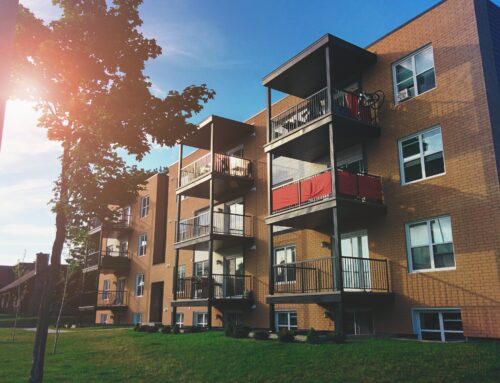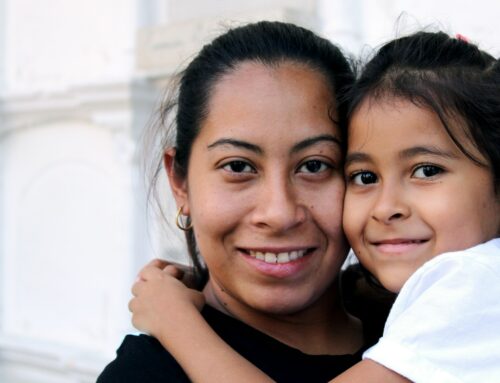The flow of immigrants into Canada has been hovering in historically high territory in recent years, and the Canadian Immigration Statistics are something that we keep a close eye on here at ARIANNE. As relocation specialists, it’s critical for us to understand who is moving from where to where, and when and, if possible, why. So we are always watching the numbers, and these days the numbers are telling a pretty interesting story.
How many are there?
Canada’s Liberal government under Justin Trudeau has steadily been increasing the flow of immigrants into the country. Whereas the federal limits had previously been set at 250 to 270,000 per year, the current policy (since 2015) has been to accept 300,000 immigrants per year. With gradual increases, Canada expects to welcome over 1 million immigrants between 2018, 2019 and 2020. Trudeau’s government has cited global instabilities and international refugee crises, as well as Canada’s growing need for labor power (especially in the high-tech industry), as reasons for ramping up the nation’s immigration numbers.
Canada’s most recent Census data, gathered in 2016 and released in 2017, reveals that 21.9% of the nation’s population identify themselves as immigrants. Only the 1921 Census indicated a higher proportion, when 22.3% of the population was foreign-born, the highest percentage on record in Canadian history.
Numbers dropped around the middle of the twentieth century, picking up again around the 1990s, with a steady increase over the past 15-20 years. As of 2016, the total number of foreign-born immigrants in Canada amounted to roughly 7.5 million.
Where are they coming from?
Besides the overall rise in immigration figures, the most notable difference between the immigration population of today compared to 50 years ago has to do with the ethnic make-up of those foreign-born residents. In 1971, an even 50% of Canadian immigrants claimed European descent. As of 2016, that proportion had dropped to just 21%, dramatically overtaken by immigrants of Asian descent, who comprised 48% in 2016, up from a meager 5% in 1971. The three largest sources of new immigrants are now the Philippines (15.6%), India (12.1%) China (10.6%).
Immigrants from the U.S. in that same period fell from 30% to just 7%, while African immigrants surged from 1% to 9%, and Latin American / Caribbean immigrants rose from 3% to 12% of Canada’s total foreign-born population. Statistics are now available for more than 250 different ethnicities of Canadian immigrants.
Here’s a breakdown of the top ten countries from which permanent residents immigrated to Canada in 2016 (according to CanadaImmigrants.com).
- Philippines: 41,785
- India: 39.790
- Syria: 34,925
- China: 26,850
- Pakistan: 11,340
- USA: 8,410
- Iran: 6,485
- France: 6,350
- UK: 5,810
- Eritrea: 4,630
Where are they headed?
The destinations of new arrivals has also been shifting somewhat, although not nearly as dramatically. Most immigrants, 39%, are still heading to the province of Ontario, especially the city of Toronto. But that’s a sharp drop from 55.9% in 2001. What has changed in recent years is the increase of immigrants to the Prairie Provinces. More and more newcomers are choosing urban areas like Calgary, Edmonton, Regina, and Winnipeg. Still, a whopping 56% of foreign-born Canadians now live in Toronto, Montreal or Vancouver, even though these cities only make up one third of the country’s total population.
The greatest number of job openings in Canada continue to be in the unskilled services sector. But for highly skilled foreigners, Canada offers Skilled Worker visas and a Fast-Track entry system that can make the immigration process relatively quick and straightforward. Most of those high-demand jobs are in the medical fields, but also include engineers, geologists and occupational therapists.
Why are they choosing Canada?
In an ever changing world, rattled with instability, one thing seems constant: Canadians enjoy a very high quality of life and a very good standard of living. While other areas of the globe are plagued by political and economic uncertainties, or all-out war, Canada remains a safe, peaceful and prosperous sanctuary that attracts businesses, immigrants, refugees and entrepreneurs from every corner of the earth.
In terms of area, Canada is the second largest country in the world (after Russia), yet has a relatively modest population of roughly just 37 million people. So on a per capita basis, Canadians may have the most space and the most natural resources of any nationality. Furthermore, Canada enjoys a very prosperous economy, especially in the the energy and high tech sectors. Central Canada, namely Alberta, is a haven of oil and natural gas drilling. Moreover, Toronto, Montreal and Vancouver have become hot spots for artificial intelligence and clean technology start ups. Tech giants like Google and Amazon have been setting up new operations in Canada, while institutions like the University of Toronto and the University of Waterloo continue to recruit a promising pool of young talent.
Some of this “brain gain” has to do with Trump’s policies on immigration in the U.S., which have made Canada an increasingly attractive destination for students, engineers, and entrepreneurs. New government programs and public policy are also creating an environment very friendly to commerce and new businesses. Thanks to these new immigration guidelines and special investment programs, the prospects for entrepreneurs moving to Canada have never looked better. And if things continue in this same direction for much longer, Canada will soon be poised to replace its southern neighbor as the “Land of Opportunity.”
If you’re looking to move to Canada from anywhere in the world, and you need help getting relocated, ARIANNE Relocation Specialists offer a wide variety of products and services to help you make a smooth and successful transition to your new home.
Learn more
For more information about living in and moving to Canada, check out these helpful articles:
Sources: www.cbc.ca, canada.ca, canadianimmigrants.com, www.immigroup.com







Leave A Comment